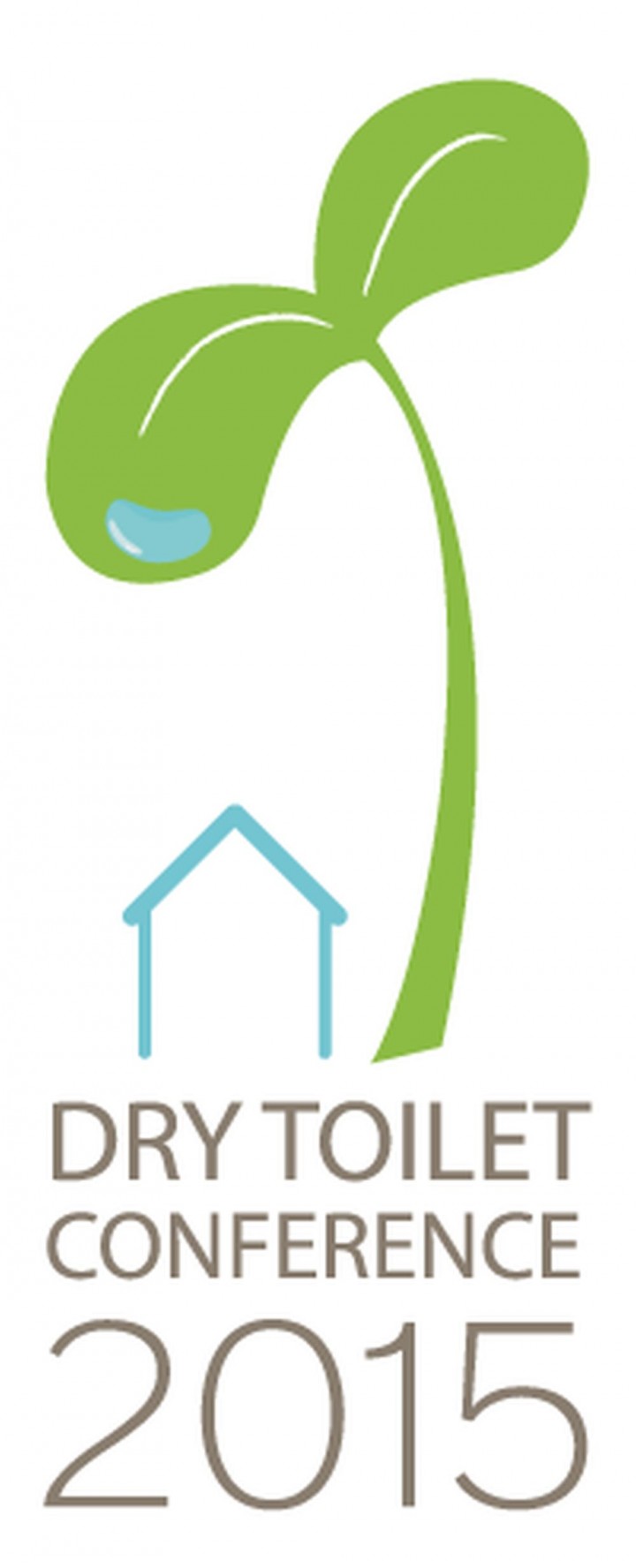
Published in: 2015
Publisher:
DRY TOILET 2015, Tampere, Finland
Author:
Various authors
Uploaded by:
SuSanA Admin
Partner profile:
common upload
5703 Views
470 Downloads
The Global Dry Toilet Association of Finland organizes an International Dry Toilet Conference every three years in Tampere, Finland. The 5th conference took place at the Tampere University of Applied Sciences on 19th to 22nd of August 2015. The theme was Dry Toilet Conference 2015 – Solutions. The conference is an excellent platform for all actors working with ecological sanitation to network and share their ideas and experiences on dry toilet technology, nutrient recycling and ecological sanitation. The conference offered a high quality scientific program and the opportunity for experts around the world to come discuss their findings and the future of ecological sanitation.
Content - Summary
1. ENGAGING DIFFERENT STAKEHOLDERS IN ACHIEVING DRY SANITATION SOLUTIONS
1.1 The Role of Networks in Strengthening of Environmental Awareness and the Civil Society in Swaziland (Ireen Festus Namukoko Ng’ambi)
1.2 Productive sanitation in Burkina Faso and Niger – going beyond projects? (Linus Dagerskog)
1.3 Future of Ecological Sanitation (EcoSan) Globally (Nam Raj Khatri)
1.4 Inclusive Stakeholder Participation for Sustaining Dry Sanitation Solution in Peri-Urban (Noah Chongo)
1.5 Lessons learned from community mobilization to improve sanitation in a rural village in Nepal (Yubraj Shrestha)
2. DRY SANITATION AS A SOLUTION IN MASS EVENTS
3. HI-TEC SOLUTIONS FOR DRY SANITATION IN LARGE CITIES AND URBAN AREAS
4. SOLUTIONS TO NUTRIENT RECYCLING, INCLUDING DEVELOPED COUNTRIES
4.1 Application of human urine from dry toilets as natural fertilizer in onion (Allium cepa L.) cultivation – an chlorophyll indicator study (Jan Cebula)
4.2 Ecological Sanitation: Solution for the public places and mass events, experiences from Nepal (Bipin Poudel)
4.3 From Waste to Wealth and Health: Evaluation and Community Appreciation of Human Urine as Fertilizer in Ho Municipality of Ghana (Seth M.K. Akah)
4.4 Effect of Formaldehyde/Urea ratio on thermal properties of methylene urea from human urine (John Steve Kabore)
4.5 Urine Drip Fertigation of Tomatoes; a Solution to Chemical Fertilizer (Obed Chibwe Kawanga)
5. SOLUTIONS TO FOOD SECURITY
5.1 Dry Toilets Contribute in Safe Food Facilities among Poor Households (Azahar Ali Pramanik)
5.2 Productive Sanitation Successfully Links Toilets and Livelihoods (Chakra Bahadur Chand)
5.3 Ecological Toilet Emerging as a Solution to Food Security in Nepal (Kamal Adhikari)
6. INNOVATIVE COST EFFECTIVE SOLUTIONS TO DRY SANITATION
6.1 From Waste to Wealth: Overcoming the Barriers to Sanitation Development with Co-Design of Low-Cost Urine-Diversion Dry Toilet Technology (Anna Aalto)
6.2 Ecological sanitation, a scalable model for Rwanda (Beatrice Mukasine)
6.3 Managing Human Waste in Informal Settlements: Bio-centres in Kibera Informal Settlement, Kenya (Dr. Gerryshom Kweya Munala)
6.4 Terra Preta Sanitation System for Post Disaster Transitional Communities: A Feasible Solution for Low Resource Settings (Dr. Gina Itchon)
6.5 Application of halloysite sorbent for ammonia and odors removal from dry toilet facilities (Jan Cebula)
6.6 Thermophilic composting as a sanitation alternative (Joseph Jenkins)
6.7 Dry Toilet: A solution for Drought Hit Tharparkar in Pakistan (Karamat Ali)
6.8 A Novel Dry Toilet Complex Design for a Market Community in Nigeria with Diverse Cultural Practices (Prof. M.K.C. Sridhar)
6.9 Reaching the Mountain for Solution: Sustainable Dry Sanitation Practices (Narayan Prasad Wagle)
6.10 Compost-based sanitation: a low-cost strategy for turning the toilet problem at Mekelle University (Ethiopia) into a solution (Samuel Autran Dourado e Souza)
6.11 Low cost domestic struvite technology for the treatment of source separated human urine from urine diverting dry toilets (UDDT’s) in rural areas of Kyrgyzstan (Tynar Musabaev)
7. SOLUTIONS TO CULTURAL CHALLENGES AND STIGMATIZATION (INCL. DISABILITIES) OF DRY SANITATION
7.1 Engagement of Multi-Stakeholders Lead in Sustainable Solution for Dry Toilets - An Experience of SPACE in Bangladesh (Azahar Ali Pramanik)
7.2 Dry Toilet Sanitation as an Alternative Solution to the Rural Ethiopia (Beshah Mogesse Behailu)
7.3 Solutions to cultural challenges and stigmatization associated with dry sanitation in Abakaliki, South Eastern Nigeria (Christian Chibuzo Maduka)
7.4 Breaking new grounds in Dry sanitation: Finding solutions to stigmatization using past experiences (Emmanuel Mutamba)
7.5 Dry sanitation training as a student project - Makana, South Africa (Maria Söderström)
7.6 Changing attitudes to achieve toilet access for all in Nepal (Pamela White)
7.7 Solutions to cultural challenges in scaling up dry sanitation in Nepal (Sanna-Leena Rautanen)
8. EFFECTS AND SOLUTIONS OF ORGANIC AND UN-ORGANIC RESIDUES IN RE-USING EXCRETA
8.1 Assessment of the Robustness of Biofil Toilet Technology for the Treatment of Blackwater (Lakachew Yihunie Allemneh)
8.2 Assessing the cultural potential of ecological sanitation in improving waste management and food security in the Taita Hills, Kenya (Matias Andersson)
Additional information
http://www.susana.org/en/resources/conference-materials-2/2015
Bibliographic information
Various authors (2015). The 5th International Dry Toilet Conference 2015 - Conference materials. DRY TOILET 2015, Tampere, Finland
Filter tags
English Faeces or faecal sludge Greywater or wastewater Rural Sub-Saharan Africa Urine














